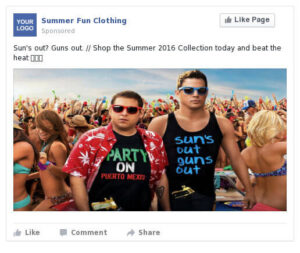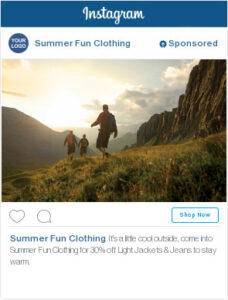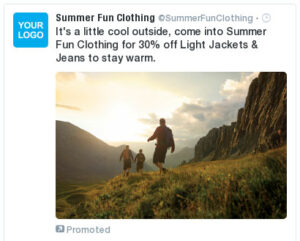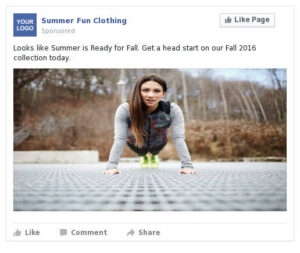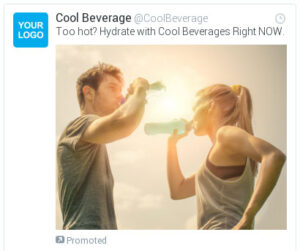It’s the end of Q1, and you know what that means: it’s time to start planning for your summer. Specifically, it’s time to plan your social media campaigns.
You may be asking, “What are some of more effective ways to reach your audience to gain traction this time of year?”
Let’s take a deep-dive into AdParlor’s weather API and dayparting technologies, and how to apply them for your campaigns.
Why Use AdParlor’s Dayparting and the Weather API Technologies for Summer Campaigns?
With AdParlor’s integrated weather API and dayparting technologies, it’s easier than ever to launch social media campaigns on Facebook, Twitter, Instagram and YouTube based on time of day and weather conditions. Instead of checking the forecast around the clock, our automation system will do the work for you using weather data that is captured in real time—available for geo-locations and DMAs worldwide, 24/7.
It’s time to start thinking about summer campaigns and taking advantage of everything surrounding the fun of summer.
Ideas for Summer 2016
Below you’ll find sample ideas to execute on various social media platforms from a variety of verticals:
Retailers
Retail companies should take advantage of dayparting by featuring their product lines at the height of varying temperatures through the summer. Temperatures fluctuate during this time in different geos, so speak to different layers and styles of clothing by temperature range.
70+ Degrees Fahrenheit
60-69 Degrees Fahrenheit
45-59 Degrees Fahrenheit
Beverage Companies
Beverage companies should take advantage of AdParlor’s dayparting tool during the summer, too. At the hottest part of the day (11AM – 6PM), feature creative that’s driven toward getting people to drink beverages while they’re on the go or at home. In this instance, being surrounded by the heat can help drive product awareness toward an ice cold drink.
Entertainment Companies
When it’s too hot outside, entertainment companies should entice people to stay inside to watch some shows. Specifically, they should utilize dayparting and the weather API together to schedule social media ads the day before and day of their programming. Entertainment companies can run ads if the temperature is above 70 degrees Fahrenheit and call out their programming schedule, as well.
Next Level Analysis
Once you’ve applied this strategy, take your analysis to the next level with Actionable Reporting. Here, you can determine what performed best from a variety of factors. This can include:
- Targeting: Segment, geo-location, placement, platform, device, interest group, custom or lookalike audience, age group and more
- Creative: Ad image, copy, call-to-action, description, post type, post URL and more
- Time: Hour, date and time of day
Measure this performance against a variety of performance data (e.g., CPA, CVR, CTR, clicks, impressions, spend, etc.) for immensely customizable strategy and analysis. Ran a video campaign? See how this performed based on video views, completion, VCR and more. Ran a website click campaign with net-new sales in mind? See how this performed based on total sales, total sales revenue, website traffic generated and more. You can see how Molson Coors did this with us here.
Extra for Experts:
- Use A/B creative and targeting segmentation testing and analysis to determine which creative works best against different time slots and weather targeting segments. You can incorporate what you learn from your data and apply it into your current campaigns in real time.
- You can also use our performance API tool against the weather API, your current creative and your current targeting segments for maximized efficiency. The performance API tool will allow you to increase or decrease spend based on objectives and KPIs being met in real time.
For instance, from the retail example above, you can set a rule in real time that allows our system to increase or decrease spend based on specific KPI levels that you are trying to achieve. We can automatically apply more spend to the 70+ degree Fahrenheit segment if it outperforms the other segments in the campaign.
Next Steps
Have more ideas that you want to discuss? Leave a comment and we’ll reply with more ideas and how to apply this strategy for your next campaign!

